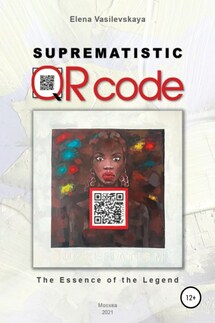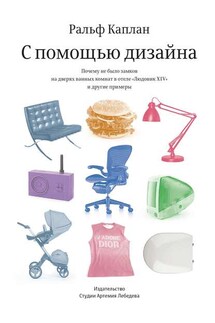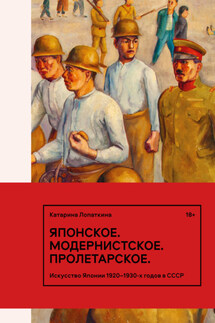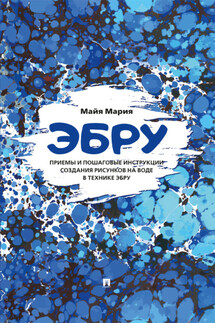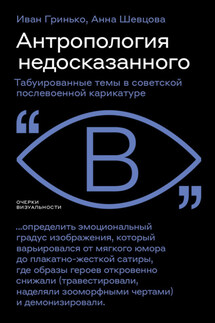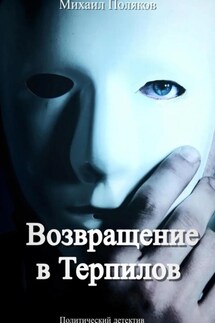Suprematistic QR code: The Essence of the Legend - страница 5
“Victory over the Sun” told the story of the Budlyan strongmen who mercilessly destroyed all the generally accepted norms of common sense. They set out to conquer the sun. The fight against it ended with a complete victory of the Budelian strongmen who aimed primarily to cause a universal scandal and to realize the ideas of nihilism. To sum it up, they wanted victory over the old customary understanding of the sun as something elegant. At the end of the twentieth century this piece of art was called one of the first rock operas.
The opera used an abstruse language, the music was out of the ordinary, the stage design and costumes were caricatured, geometric abstract forms predominated. A black square appears there for the first time, but as a decoration (1st act, 5th scene). According to Malevich’s idea the square covered the sun instead of the solar circle, and the white edging symbolized sun’s penetrating rays. The opera took place inside a large cube.
In March 1915 the first futuristic exhibition of paintings “Tram B” was held in Petrograd. Artists wore red wooden spoons on the lapels of their jackets as badges. The spoon first appeared on February 19, 1914. It was used as the emblem of Februaryism of artists who sought to violate all norms of the “reasonable” dress code in clothes.
Malevich presented sixteen cubo-futuristic abstruse works then. There were “The Lady at the Poster Pillar”, “An Englishman in Moscow” (both 1914, Stedelic Museum, Amsterdam), “Aviator” (1914, State Russian Museum, St. Petersburg), “Portrait of M. Matyushin”(1913, State Tretyakov Gallery, Moscow). “Composition with Mona Lisa” (1915, State Russian Museum, St. Petersburg) of the Februaryist period was of particular importance for the artist’s work as a whole. It was a step towards Suprematism, it was a bridge between Cubo-Futurism and Suprematism on the way to non-objectivity. The work contained letters, phrases, sound associations between which illustrations were placed, and geometric shapes of different scales of local color formed contrasts.
At the same time, in May 1915 Malevich re-made sketches for a brochure for a futuristic opera. They were done at the request of Matyushin. During the period of work on sketches, the artist experiences a “partial eclipse”. In a letter to Matyushin, speaking about one of the sketches, Malevich writes: “This drawing will be of great importance in painting. What was done unconsciously now bears extraordinary results10
Если вам понравилась книга, поддержите автора, купив полную версию по ссылке ниже.
Продолжить чтение